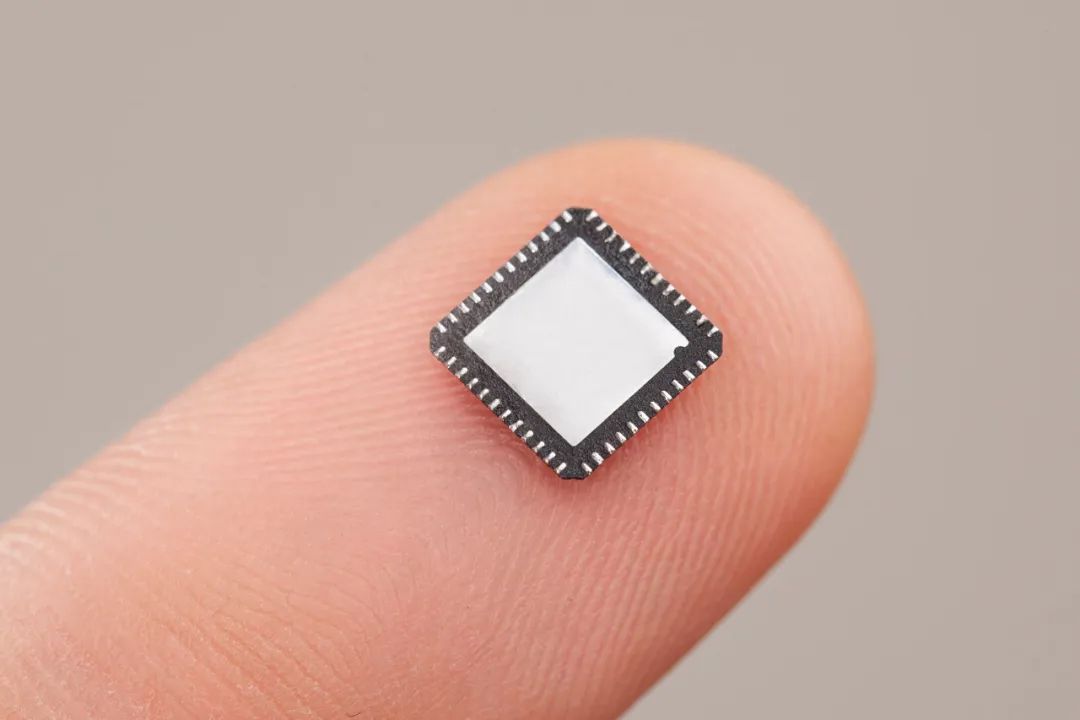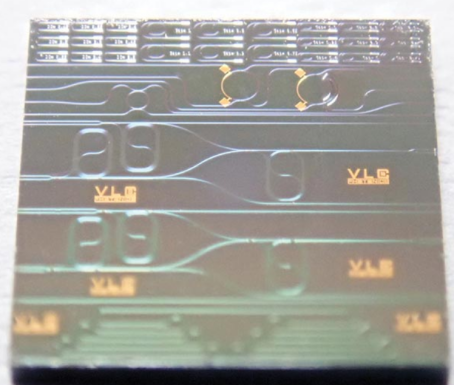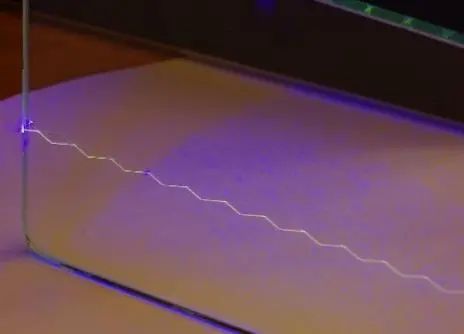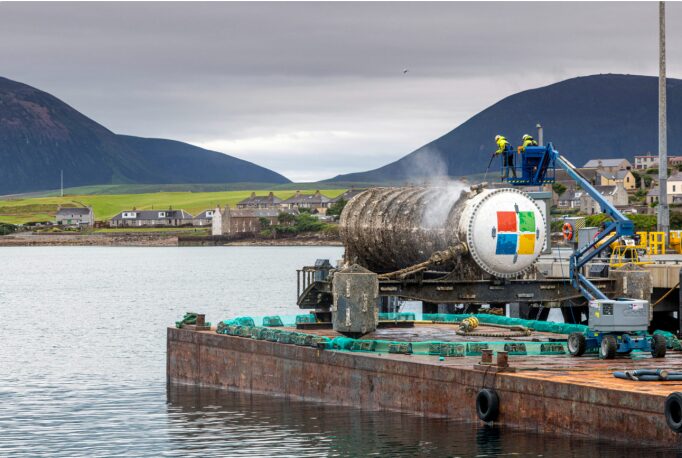Chips, also known as integrated circuits,can contain billions of electronic components in a space the size of a fingernail, forming extremely complex circuit structures. Chips are used in various aspects of data processing, storage, control, communication, and perception. Devices such as computers, mobile phones, and cars rely on chips to process data, execute algorithms, and run software programs. Faced with a wide range of demands, people have manufactured hundreds of thousands of types of chips.
Recently, a collaborative team formed by the Shanghai Institute of Microsystem and Information Technology (SIMIT) of the Chinese Academy of Sciences and the École Polytechnique Fédérale de Lausanne (EPFL) in Switzerland has made groundbreaking progress in the field of high-performance photonic chip fabrication, developing a new type of photonic chip that can be mass-produced. The related results and papers have been published in the renowned international journal Nature.
Schematic of microchips. Copyright image, reproduction may lead to copyright disputes
Among numerous chips, optical chips are quite different
Chips rely on electrons operating in integrated circuits to achieve various complex functions, with numerous wires inside the chip allowing electrons to shuttle.Optical chips, on the other hand, utilize light transmission in integrated optical circuits to achieve various complex functions, primarily consisting of light-emitting devices (which generate light) and optical waveguides (devices that guide light propagation).
Schematic structure of optical chips, with striped structures composed of optical waveguide units. Image source: VLC Photonics
Optical waveguides are structures that utilize the phenomenon of total internal reflection that occurs when light propagates from one medium to another. For example, when light travels from water to air, total internal reflection occurs as long as the angle of incidence at the interface of the media falls within a specific range. This phenomenon can be used to create structures that guide light waves forward, known as optical waveguides.
Light continuously undergoes total internal reflection in glass. Image source: Wikipedia
Although the types and functions of existing chips are already very advanced, why do we still need photonic chips to replace traditional chips? This is because the performance of chips can no longer meet the demands of high-speed communication and artificial intelligence.
Characteristics of Photonic Chips
Compared to traditional chips, photonic chips are analogous to fiber optic communication lines compared to traditional communication cables. Fiber optics can transmit a larger amount of data, with a single fiber transmitting data equivalent to that of dozens of traditional signal cables.
In fiber optic transmission, the light signal can maintain high quality over long distances, whereas signal cables consume more energy and the signal quality deteriorates.Photonic chips also have significant advantages in transmission speed and energy consumption compared to traditional chips.
The speed of light is the fastest in nature, with light traveling in a vacuum at 299,792.458 kilometers per second. In contrast, the transmission speed of electrical signals in circuits is about two-thirds to three-quarters of the speed of light, and the speed decreases as the temperature of the circuit increases.
There are as many as 1.092 billion internet users in China, and the internet has generated various software, resulting in a massive amount of data. Huge amounts of data are uploaded to data centers established by software companies for processing, which consist of numerous high-performance computers (also known as servers), requiring fast data exchange between servers.
Consider servers as water tanks; communication chips act as “pipes” connecting the tanks. If the pipes are too narrow (the communication chip speed cannot meet demand), then water cannot flow in or out of the tanks in a timely manner. When a tank overflows, server crashes occur (software becomes unusable).The emergence of optical chips can enable fast data exchange between servers and between data centers and the outside world.
Optical communication chip and its structural microscopic image. Image source: Reference 2
When traditional chips perform calculations, the movement of electrons in circuits generates heat, leading to very high power consumption in high-performance computing chips. This is currently a major limitation on chip computing power. When chip power consumption increases by a hundred times, performance can only increase tenfold, with most of the energy used to drive cooling components. To facilitate cooling, some companies have even built their data centers underwater to take advantage of seawater for cooling electronic devices.
Underwater data center retrieved for maintenance. Image source: Microsoft
Currently, training large AI models also faces limitations in chip performance and power consumption. To address this issue, there are two current approaches. One is the hybrid integration of photonic chips with traditional chips, where traditional chips act as individual computing units and photonic chips handle high-speed communication bridges between computing units, establishing cluster computing to effectively improve computing speed while keeping power consumption increases within acceptable limits. The second is to design and manufacture optical computing chips to break through the performance bottlenecks of traditional microelectronic processor chips.
In summary, optical chips, as another important support for information technology following traditional microelectronic chips, photonic chips hold great potential in terms of power consumption, speed, and size.
From the concept proposed by Chinese scientist and father of fiber optics, Gao Kun, in 1966, to use fiber optics for long-distance communication, to the commercialization of fiber optics in the late 1970s, it took more than twenty years for the transmission loss of fiber optics to be reduced to the initial 1%. Similarly, the practical and commercial viability of photonic chips is imperative.




